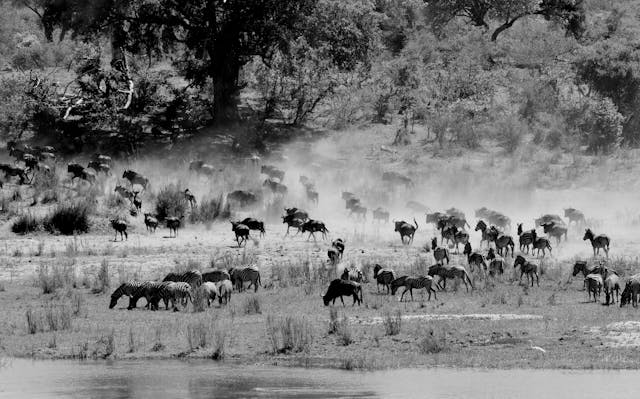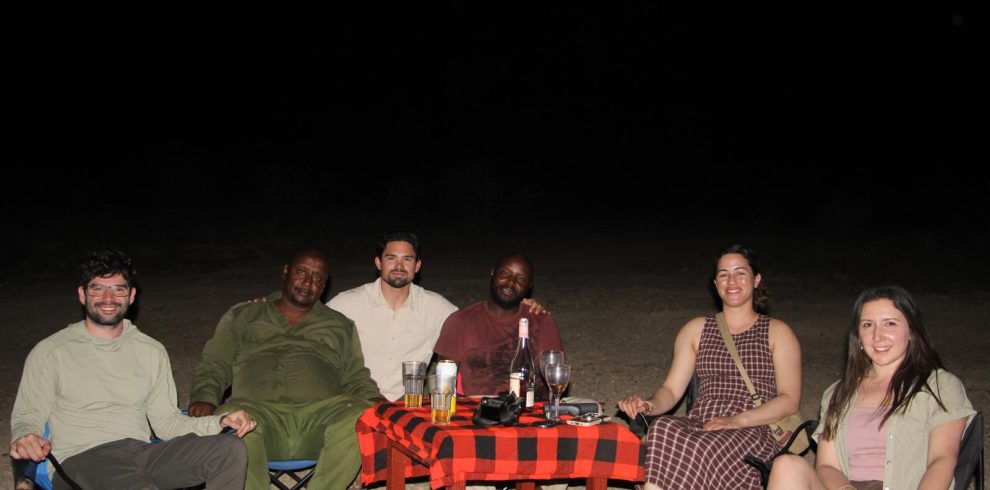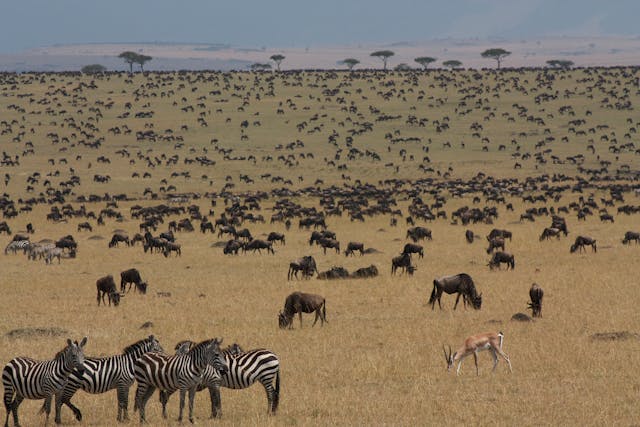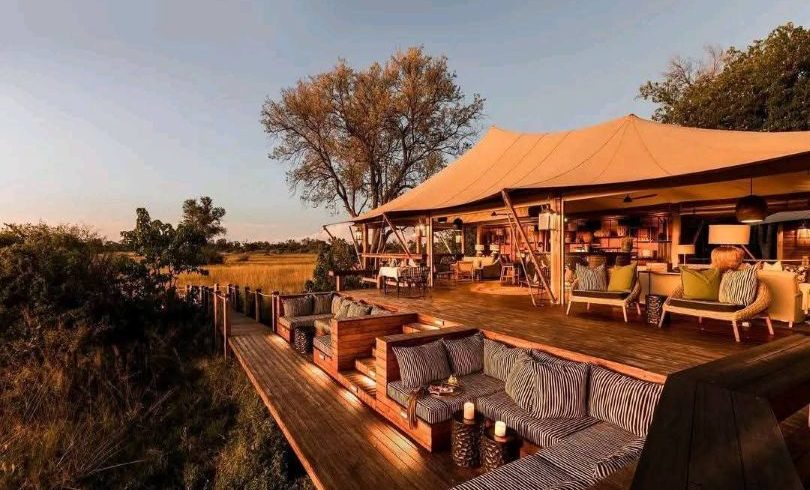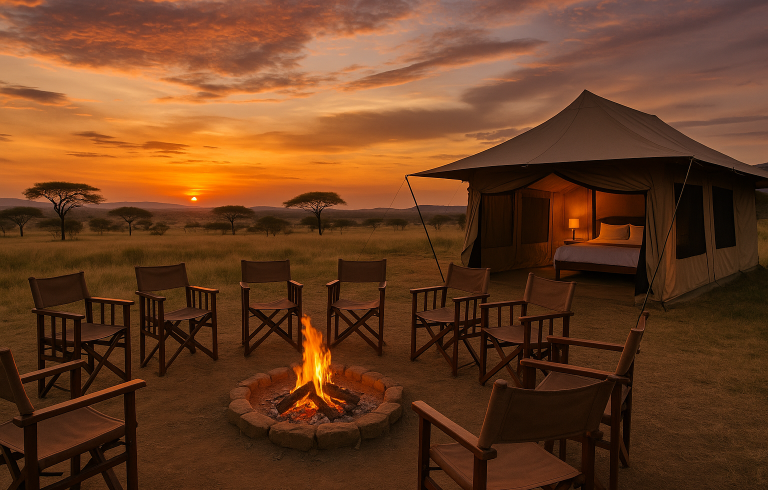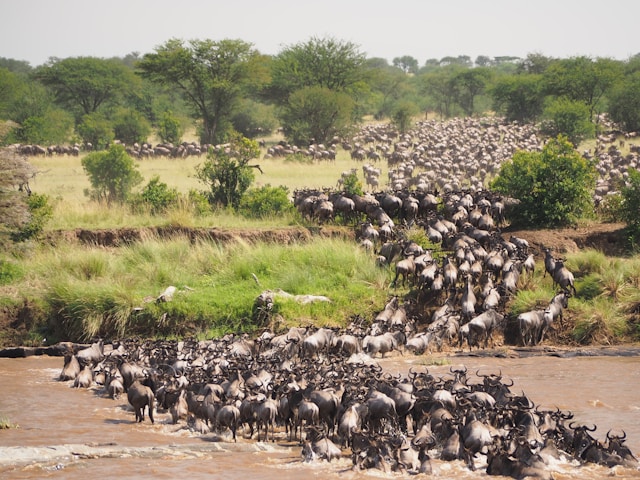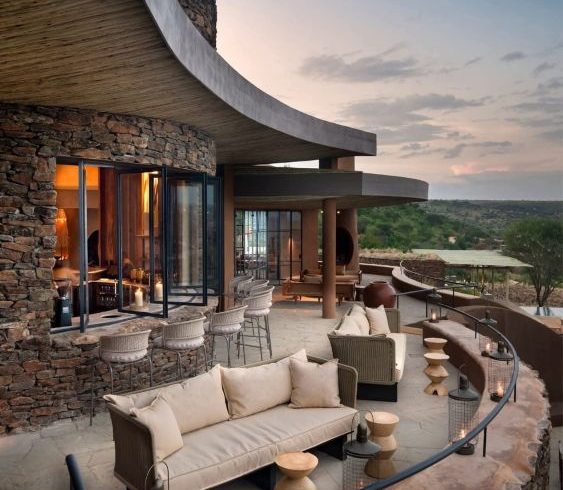Masai Mara Wildebeest Migration Guide 2025/2026/2027
The best time to witness the Masai Mara wildebeest migration in 2025, 2026, or 2027 is from July to October, when herds cross the Mara River in dramatic fashion. The most iconic viewing locations include the Mara Triangle, the Talek River area, and the Musiara Marsh. Book early for front-row lodges and balloon safaris.
Your Guide to the Great Migration in Masai Mara 2025/2026/2027
Every year, over 1.5 million wildebeest, accompanied by zebras and gazelles, thunder into Kenya’s Masai Mara National Reserve in one of Earth’s greatest wildlife spectacles—the Great Wildebeest Migration. If you’re planning to witness this event in 2025, 2026, or 2027, this guide provides everything you need to know: timing, routes, where to stay, migration forecasts, and safari package options.
📅 When Is the Best Time to See the Wildebeest Migration?
The peak migration season in Masai Mara occurs between July and October, coinciding with the dry season in Kenya. This is when wildebeest cross from the Serengeti into the Masai Mara, braving crocodile-filled rivers and lion-infested plains.
| Month | Migration Phase |
|---|---|
| June–July | Herds arrive from the Serengeti into the Mara |
| August | Peak Mara River crossings |
| September | Large herds spread across the reserve |
| October | Herds prepare to return south to the Serengeti |
📌 Plan your trip with our Kenya Great Migration Safari Tour for the best migration-viewing windows.
🌍 Where to See the Wildebeest Migration in the Masai Mara
1. Mara River Crossing Points
Best locations to witness high-stakes river crossings filled with drama and dust:
-
Serena Crossing Point
-
Lookout Hill
-
Mara Triangle
2. Talek & Sand River Areas
Smaller herds and predator action near popular lodges. Ideal for quieter viewing.
3. Musiara Marsh & Paradise Plains
Lush grazing zones with big cat action, especially lions and cheetahs.
🏕️ Best Safari Camps & Lodges During Migration
To get the most out of your safari during the Great Migration, consider staying in camps that are located close to the crossing points:
| Lodge/Camp | Style | Best For |
|---|---|---|
| Mara Serena Safari Lodge | Mid-range | Great views of the Mara River |
| Entim Mara Camp | Luxury | Near crossing points |
| Mara Explorer Camp | Luxury | Family-friendly, scenic |
| Olonana Sanctuary | Ultra-luxury | Riverfront, private access |
| Mara River Camp | Budget | Authentic migration feels |
Want more value? See our Kenya Affordable Safari Guide
🧭 Typical Wildebeest Migration Safari Itinerary (7 Days)
Day 1: Arrive in Nairobi – Overnight in a luxury city hotel
Day 2: Flight or drive to Masai Mara – Afternoon game drive
Day 3–5: Full-day migration safaris + optional hot air balloon ride
Day 6: Cultural visit to a Maasai village + nature walk
Day 7: Return to Nairobi for departure or beach extension to Diani
👉 We also offer combined Kenya-Tanzania migration safaris. Contact us for a custom itinerary.
💸 Cost of a Masai Mara Migration Safari
| Safari Type | Price Per Person (USD) |
|---|---|
| Budget (Group) | $1,400 – $1,800 |
| Mid-Range | $2,200 – $3,000 |
| Luxury | $3,800 – $6,000+ |
Factors affecting cost: time of booking, lodge proximity to the river, vehicle type (shared vs private), and domestic flights.
🎈 Balloon Safari Over the Mara
One of the most unforgettable ways to witness the migration is from above. Hot air balloon safaris take off at dawn and offer breathtaking views of herds, predators, and landscapes.
-
Cost: $450–$550 per person
-
Includes a champagne breakfast & certificate
-
Best months: July to September
📦 What’s Included in Migration Safari Packages?
-
Accommodation (full board)
-
Park fees for Masai Mara
-
Game drives (morning + afternoon)
-
Transfers (road or domestic flights)
-
Professional guide
-
Optional activities (balloon, village visit)
✅ Some packages include Nairobi hotel & airport transfers.
✅ Group and family discounts available.
🦁 Wildlife Beyond the Wildebeest
Though the wildebeest steal the show, the Masai Mara during migration is home to:
-
Big Cats: Lions, cheetahs, leopards
-
Elephants, giraffes, and buffalo
-
Nile crocodiles at crossing points
-
Hyenas and jackals follow the herds
-
500+ bird species
🛡️ Safari Travel Tips for Migration Season
-
Book early (6–12 months in advance) for riverside lodges
-
Pack neutral clothing, a hat, sunscreen, and binoculars
-
Travel with a reputable local operator like Paradise Africa Safari
-
Consider adding a beach escape to Diani or Watamu after the safari
-
Check health requirements via the CDC Kenya Travel Page
✅ FAQ
1. When is the best time to see the wildebeest migration in Masai Mara?
The best time is from July to October, when the herds cross the Mara River. August and September typically offer the most dramatic river crossings.
2. How long should I spend in Masai Mara during migration season?
A minimum of 3 nights is recommended. Ideally, spend 4–6 nights to increase your chances of witnessing a river crossing and exploring different zones of the reserve.
3. What is the cost of a migration safari in Masai Mara?
Safari costs range from $1,400 for budget trips to $6,000+ for luxury packages, depending on lodge type, transport (road vs air), and season.
4. Can I witness the migration on a family safari?
Yes! Family migration safaris are popular and safe. Many lodges offer child-friendly accommodations, and game drives can be tailored to suit all ages.
5. Is a balloon safari worth it during the migration?
Absolutely. Balloon safaris give you a bird’s-eye view of massive herds and predators at dawn. Prices range between $450–$550 per person and include a champagne breakfast.
✨ Why Book Your Migration Safari With Us?
-
Local expertise with real-time migration tracking
-
Handpicked lodges for the best river viewing
-
Private and group packages available
-
Flexible rescheduling and family-friendly options
-
Rated 4.9/5 on TripAdvisor
📩 Get in touch today to reserve your Masai Mara Migration Safari 2025, 2026, or 2027 and experience one of nature’s greatest shows.




